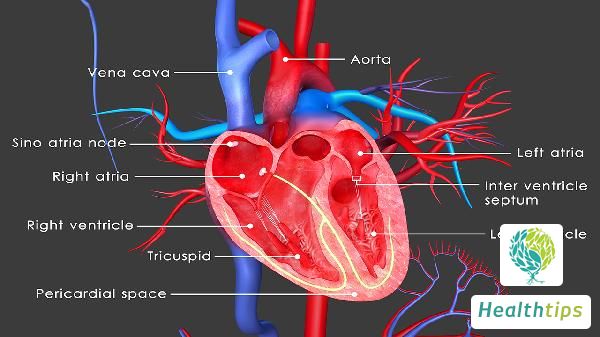"What Are the Top Ten Common Early Symptoms of AIDS?"
Due to the window period and incubation period of HIV, a considerable number of people show no obvious symptoms within 8-10 years after contracting the virus. Additionally, HIV antibodies may be negative during the window period, yet the blood and semen still contain HIV. If high-risk sexual behavior occurs during this window period or incubation period, the virus can be transmitted to sexual partners. Hence, the absence of symptoms does not necessarily indicate no infection, but most people experience so-called early symptoms of AIDS after contracting HIV. Here are some common early symptoms of AIDS:

1. Muscle and Joint Pain
Only dull pain in muscles and joints is a common symptom and generally not a cause for major concern.
2. Skin Rashes
AIDS-related skin rashes are skin lesions that manifest in various forms, ranging from simple changes in skin color to bumps or blisters on the skin's surface.
3. Night Sweats
Night sweats and clammy perspiration caused by AIDS result from immune system decline and viral infection. Strengthening the body through sunbathing and cold baths can alleviate these symptoms.
4. Persistent Low-Grade Fever
Research indicates that fever is the most common symptom in AIDS, typically manifesting as a persistent low-grade fever that persists for 2-4 weeks despite antibiotics, hormones, and various tests.
5. Nausea
After contracting HIV, the body mounts a series of reactions to resist external viral invasion, which can cause nausea or vomiting.
6. Sudden Weight Loss of Over 10%
This occurs as HIV damages the immune system, leading to rapid declines in immune function, diarrhea, low-grade fever, and rapid weight loss.
7. Headaches
Headaches are common in many situations and lack specificity, so there's no need to immediately suspect AIDS. However, if feared, an AIDS test using a test kit is recommended.
8. Persistent Diarrhea
Diarrhea is a primary gastrointestinal manifestation in AIDS patients, especially in developing countries and tropical regions, where its incidence can reach 91%. Pathogens include Cryptosporidium, Amoeba, bacillary dysentery, typhoid bacillus, cytomegalovirus, and fungi.
9. Unspecified Pharyngitis
Pharyngitis is an inflammation of the pharyngeal mucosa and submucosal tissues, often part of an upper respiratory infection. Depending on the duration and pathological changes, it can be classified as acute or chronic. Acute symptoms like pharyngitis occur in 40-80% of HIV-infected individuals.
10. Fatigue
Early in HIV infection, patients often experience fatigue, which is common and can last a long time. However, in modern society, fast-paced lifestyles, work stress, insufficient sleep, irregular diets, and lack of exercise can also cause fatigue. Therefore, if fatigue occurs after high-risk exposure, avoid panicking and confirm infection through HIV testing, which is the best approach.



















